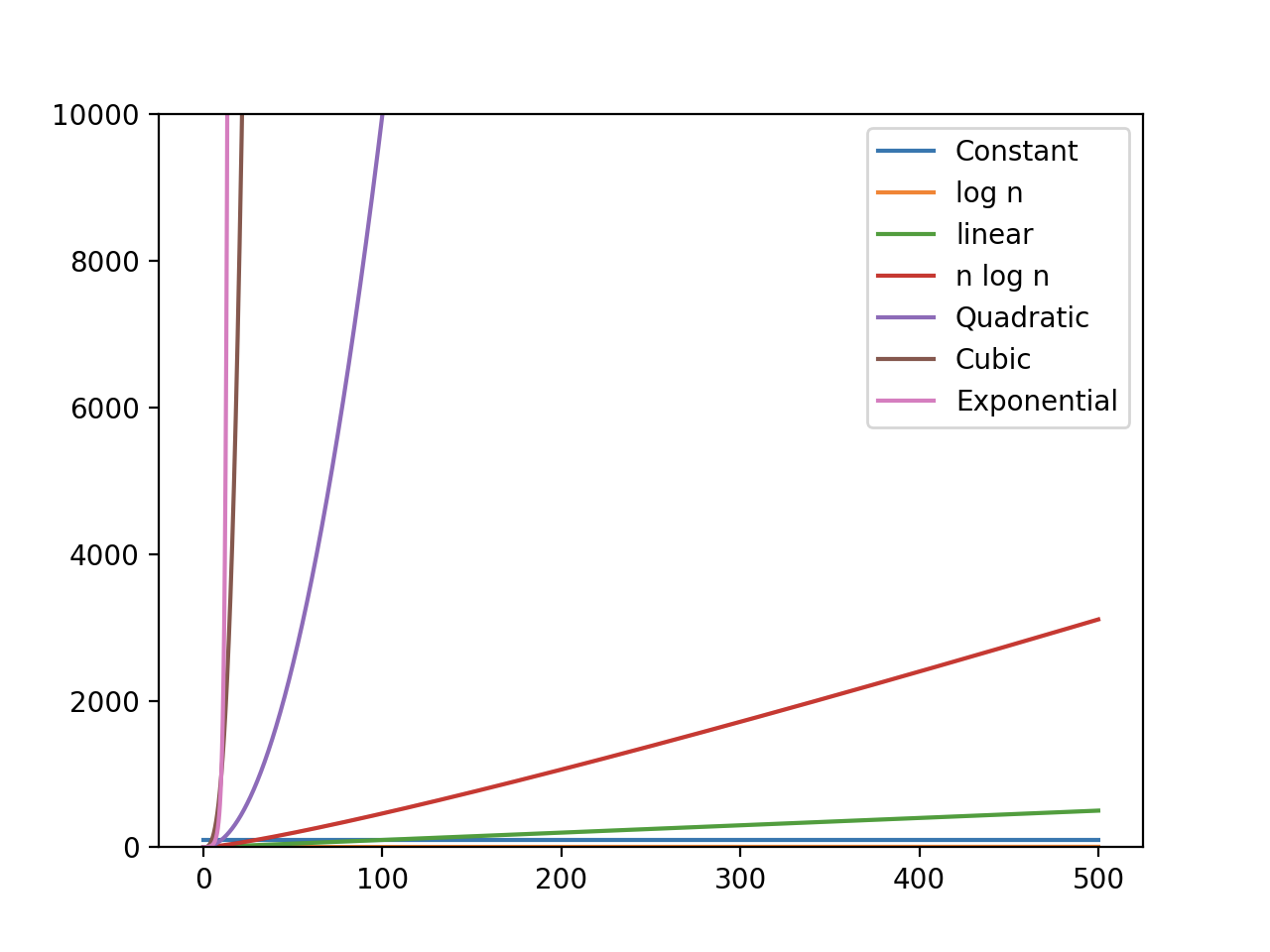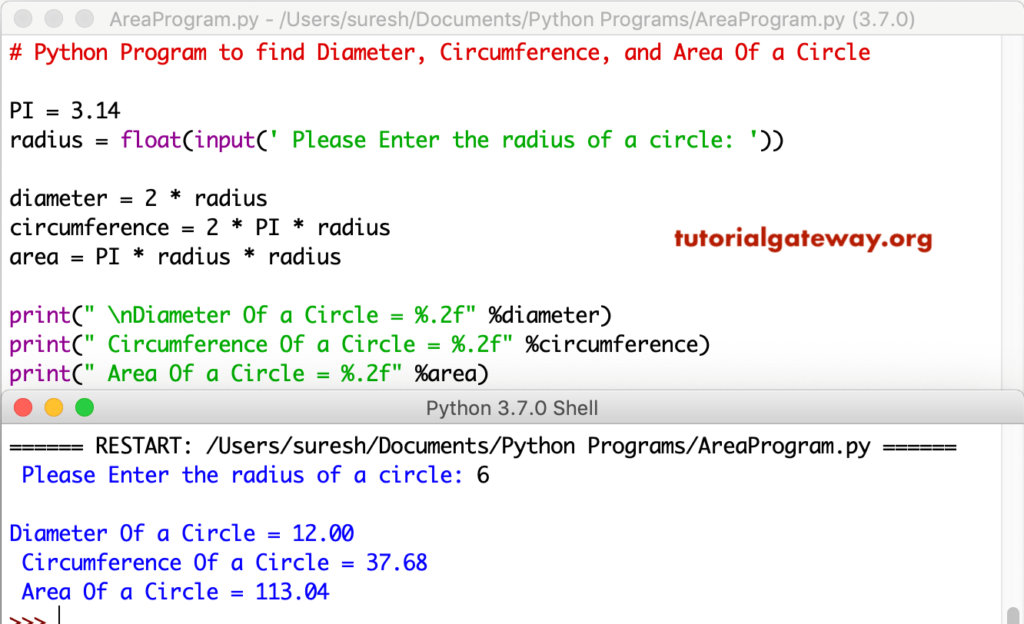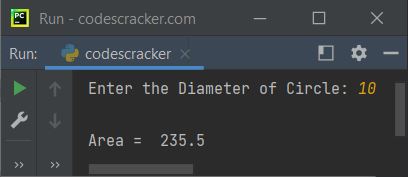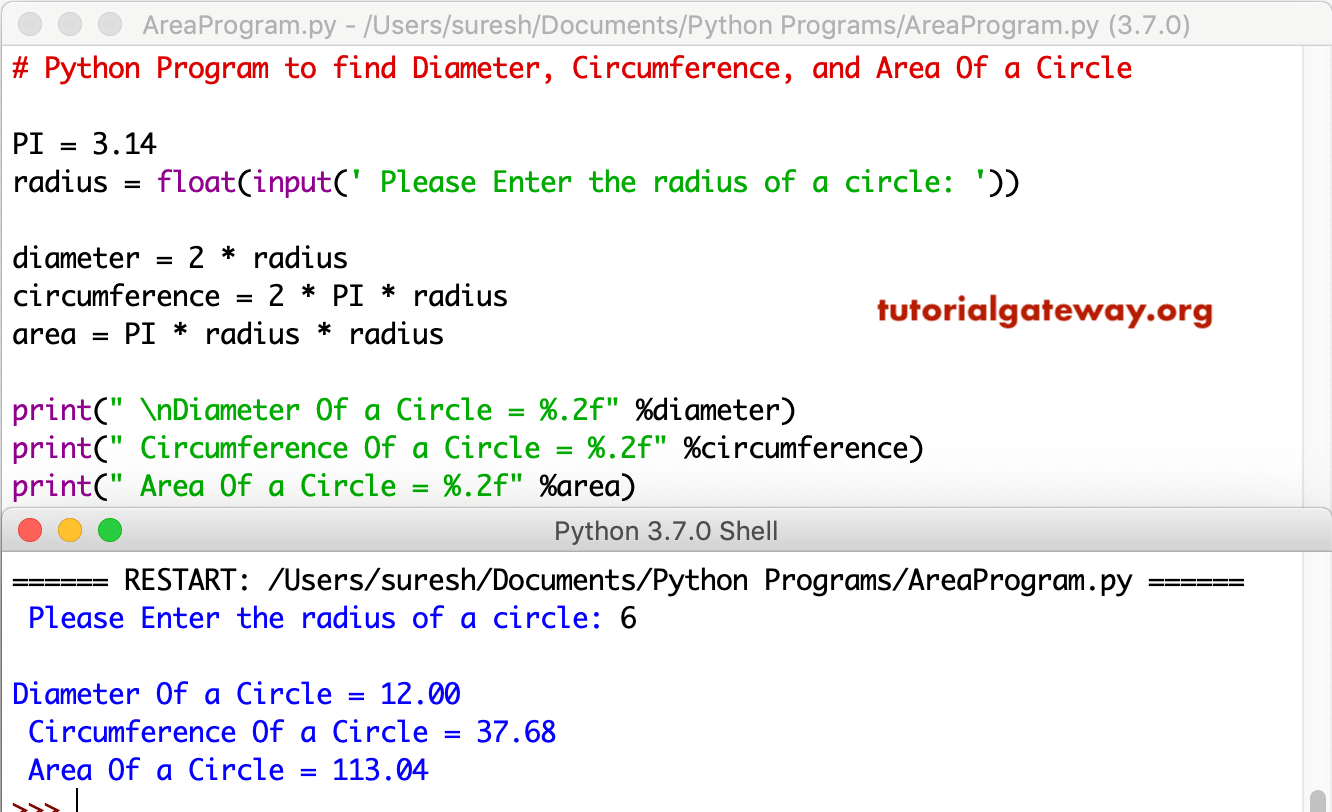Higher order function is a function that takes one or more functions as arguments, or returns a function, or both. We are used to passing as function parameters simple objects like integers or strings, or more complex objects like collections and custom types. This kind of general higher-order function is already available in the Python standard library. It is called map(…) and it is one of several commonly used higher-order functions defined there. In the following, we will go through the three most important list-related functions defined there, called map(…), reduce(…), and filter(…). In this example an anonymous function which takes two arguments, an integer '$rate' and a decimal '$amount' is bound to the '$tax_rate' variable.
'$rate' is divided by 100 and then multiplied by '$amount'. Two other anonymous functions are also defined and bound to '$income_tax' and '$luxury_tax' respectively. ' is used to indicate that the argument will be specified later. The function call is followed by ($amount) indicating that the value passed to '$income_tax' or '$luxury_tax' should be passed to $tax_rate and used as the 'non specified' argument.
A function that takes other functions as arguments is often called a higher order function. As you can see, the function definition specifies two parameters; the first one is for passing a function that takes a string and returns either a new string from it or some other value. The second parameter is for passing along a list of strings. In line 7, we call our function with using str.upper for the first parameter and a list with three words for the second parameter.
The word list intentionally uses different forms of capitalization. Upper() is a string method that turns the string it is called for into all upper-case characters. Since this a methodand not a function, we have to use the name of the class as a prefix, so "str.upper". It is important that there are no parentheses () after upper because that would mean that the function will be called immediately and only its return value would be passed to applyToEachString(…). In object-oriented programming languages that do not support higher-order functions, objects can be an effective substitute. An object's methods act in essence like functions, and a method may accept objects as parameters and produce objects as return values.
Objects often carry added run-time overhead compared to pure functions, however, and added boilerplate code for defining and instantiating an object and its method. Languages that permit stack-based (versus heap-based) objects or structs can provide more flexibility with this method. Map function, found in many functional programming languages, is one example of a higher-order function. It takes as arguments a function f and a collection of elements, and as the result, returns a new collection with f applied to each element from the collection. Kotlin language has superb support for functional programming. Kotlin functions can be stored in variables and data structures, passed as arguments to and returned from other higher-order functions.
So Maybe is a polymorphic type which is either Just a, or Nothing. Many programming problems have edge cases where there is no well-defined answer. In such cases, we can say that we're dealing with a partial function , because the domain of our function only partially maps to the codomain . In other words, there are values in our domain for which the function does not produce a value in the codomain.
In other, other words, there are inputs to our function which are technically valid , but which can't produce an output that really makes any sense. Unsurprisingly, this function takes a list, and returns its head. But what should we return in the case of the empty list?
An empty list can't really be said to have a head… or a tail for that matter. In some languages, this might be handled by throwing a runtime exception . In others, this might be handled by returning a Null value. With null values, the programmer must take extra care to check whether their return value is null before they try to use it. If they don't, again we're likely to see runtime exceptions.
The way Elm handles this, while avoiding those pesky runtime exceptions, is to encode this uncertainty into a type. With the Maybe type, the (non-)existence of a value is reflected plainly and completely in the type, and we're forced to handle the case where we don't get back any meaningful value. To demonstrate this, let's look at how head is implemented. We can achieve even more expressive power in our programs by creating functions whose returned values are themselves functions. An important feature of lexically scoped programming languages is that locally defined functions maintain their parent environment when they are returned. The following example illustrates the utility of this feature.
Common features in functional programming include passing functions around as parameters to other functions, and returning new functions as a result! In a strict theoretical sense, a Higher Order Function takes one or more functions as arguments, and possibly also returns a function as a result. Kotlin functions are first-class, which means they can be stored in variables and data structures, and can be passed as arguments to and returned from other higher-order functions.
You can perform any operations on functions that are possible for other non-function values. ByJuan Cruz MartinezA higher order function is a function that either takes a function as an argument or returns a function. This type of function has implementations in many programming languages including Go, JavaScript, Python, etc; and they trend to be a questions used during interviews.
In other words, F# treats the function keyword as an anonymous function that takes one parameter and returns one value. The getPrice2 function actually returns an anonymous function; arguments passed to getPrice2 are actually applied and evaluated by the anonymous function instead. You might have noticed that fold() is defined in curried form, with two argument lists. The reason it's defined like this is to allow inference of the parameter types of its function argument.
After these nested function definitions, the expression return iter_improve in the body of the square_root function needs to be evaluated. The name update, which is passed as an argument to iter_improve , is looked up and resolved to the newly defined function. An important part of all functional programming languages is the ability to take a function you defined and then pass it as a parameter to another function. This in turn binds that function parameter to a variable which can be used like any other variable within the function. A function that can accept other functions transported around that way is named a higher order function.
Higher order functions are a powerful means of abstraction and one of the best tools to master in Erlang. You've already seen a gaggle of functions that take other functions, the more prominent being _.map, _.reduce, and _.filter. All of these functions adhere to the definition of higher-order.
However, simply showing a few uses of each is insufficient for getting a feel for the importance of function-taking functions in functional programming. Therefore, I'll spend some time talking more about functions that take functions, and tie the practice together with a discussion of closures. Once again, whenever showing code utilizing a closure, I will capitalize the variable name of the captured value. It bears repeating that the capitalization of captured variables is not a recommended practice, but it serves well for book writing. Simply speaking, if we call a function with too few parameters, we get back a partially applied function, meaning a function that takes as many parameters as we left out.
Using partial application is a neat way to create functions on the fly so we can pass them to another function or to seed them with some data. When passing anonymous functions as parameters, place them inside the parentheses. The shorthand syntax that allows you to leave the function outside the parentheses works only for lambda expressions. Despite this conceptual extension of what a function means, our environment model of how to evaluate a call expression extends gracefully to the case of higher-order functions, without change. When a user-defined function is applied to some arguments, the formal parameters are bound to the values of those arguments in a new local frame.
In this example the first argument of the 'for-each' function is the sequence 1 to 5 i.e. . The second argument is an inline function which takes an 'item' as an argument and returns a sequence of items. The function passed as the second argument is applied to each item in the sequence of the first argument, and multiplies it by 10. Many times, when you're working with higher-order functions, you may see the use of inline anonymous functions . In some of the examples we've seen above, I've used this format.
In addition to that, I've also used the more explicit version of defining the function first and then passing it to our higher-order function. More often than not, you'll see the inline lambda version in frameworks that make heavy use of higher-order functions. They're just creating a simple function, without a name, and using that in place of where you'd have given the stand-alone function name. This means that the language treats functions as first-class citizens.
In other words, the language treats functions like it does variables. Most modern languages these days have this feature by default. All you really need to know is that a function can be passed around and used much like variables are. By the definition, a higher order function is a function that takes one or more function as argument orreturns a function as result.
This is one of the very important concept of functional programming. There so many built-in higher order functions are available in Python. You will very likely encounter it in other programming languages or other computer science courses. However, libraries do exist that provide quite flexible functional programming abstractions in JavaScript.
Folds can be used to implement any function where you traverse a list once, element by element, and then return something based on that. Whenever you want to traverse a list to return something, chances are you want a fold. That's why folds are, along with maps and filters, one of the most useful types of functions in functional programming. Mapping and filtering is the bread and butter of every functional programmer's toolbox. Recall how we solved the problem of finding right triangles with a certain circumference. With imperative programming, we would have solved it by nesting three loops and then testing if the current combination satisfies a right triangle and if it has the right perimeter.
If that's the case, we would have printed it out to the screen or something. In functional programming, that pattern is achieved with mapping and filtering. You make a function that takes a value and produces some result. We map that function over a list of values and then we filter the resulting list out for the results that satisfy our search. Another difference between lambda expressions and anonymous functions is the behavior of non-local returns. A return statement without a label always returns from the function declared with the fun keyword.
This means that a return inside a lambda expression will return from the enclosing function, whereas a return inside an anonymous function will return from the anonymous function itself. In Raku, all code objects are closures and therefore can reference inner "lexical" variables from an outer scope because the lexical variable is "closed" inside of the function. Raku also supports "pointy block" syntax for lambda expressions which can be assigned to a variable or invoked anonymously. Now we've seen how higher-order functions permit us to manipulate these general methods to create further abstractions. Subsequently, the name sqrt_update resolves to this newly defined function, which is passed as an argument to improve.
Within the body ofimprove, we must apply our update function to the initial guess x of 1. This final application creates an environment for sqrt_update that begins with a local frame containing only x, but with the parent frame sqrt still containing a binding for a. The first line inside the body of the getOps defines a local function doubler. The second line defines another local function tripler.
Finally, the if expression returns an appropriate local function depending on the value of c. Later, we call the getOpsfunction and assign the returned value to d. The variable d holds a function that we call as the last line. Functions are an integral part of many programming languages, and JavaScript is not an exception. In JavaScript, functions are the first-class citizens. You create them, assign them as a value, pass them as arguments to other functions, also return them as a value from a function.
The actual rule is that the decorator symbol @ may be followed by an expression (@trace1 is just a simple expression consisting of a single name). The call check_range would return a function that would then be applied to the newly defined function before it is bound to the name in the def statement. In Kotlin, a function which can accepts a function as parameter or can returns a function is called Higher-Order function. Instead of Integer, String or Array as a parameter to function, we will pass anonymous function or lambdas. Frequently, lambdas are passed as parameter in Kotlin functions for the convenience. Some of the arguments to higher-order functions are restricted to data.
A lambda expression basically defines a function without giving it a name using the format (there's a good first principles discussion on Lambda functions here at RealPython). These methods use closures to allow us to pass in functionality that can then determine how we want the method to sort, map, filter, or reduce an array of objects. In the previous episode, you learned about function types and what it means for Swift to have first-class functions. With these concepts in mind, we continue exploring the functional features of the Swift programming language.
In this episode, we explore pure functions and higher-order functions. CompIn the previous Section, we defined a programming language by introducing the elements of the programming language incrementally. We first defined $L1$ which consists of primitive atomic data types , the possibility to define global variables and recursive combinations of primitive operations.
Functions that take other functions as parameters or which return functions are called higher-order functions. They are called "higher-order" because they are functions which operate on other functions. Higher-order functions are a very powerful feature and central to the functional programming paradigm.
In this Scheme example, the higher-order function is used to implement currying. The evaluation of the expression ( 7) first returns a function after evaluating . Then, it evaluates the returned function with 7 as the argument, returning 10. This is equivalent to the expression , since is equivalent to the curried form of . Locally defined functions also have access to the name bindings in the scope in which they are defined. In this example,sqrt_update refers to the name a, which is a formal parameter of its enclosing function sqrt.

















































